Football Shoes | Adidas Football Shoes
Football shoes, also known as soccer cleats or boots, are specially designed footwear worn by players in the sport of football (soccer). They are designed to provide traction, support, and comfort while playing on various types of surfaces, such as natural grass, artificial turf, or indoor courts.
football shoes uae
puma football shoes
Here are some key features and components of football shoes:
Outsole: The outsole is the bottom part of the shoe that comes into contact with the ground. It typically features molded or detachable studs, blades, or a combination of both, depending on the playing surface. The studs provide grip and traction on natural grass, while blades or rubber studs are often used for artificial turf or indoor surfaces.
Upper: The upper part of the shoe is made of synthetic materials such as microfiber or synthetic leather, which offer a combination of durability, flexibility, and lightweight feel. Some high-end models may use genuine leather. The upper may also include textured elements or a control zone to enhance ball control and touch.
Midsole: The midsole provides cushioning and support, helping to absorb impact and reduce the risk of injuries. It is often made of foam or other cushioning materials.
Insole: The insole is the inner part of the shoe that provides additional cushioning and comfort. It is usually removable, allowing players to customize the fit or replace it with orthotic inserts if needed.
Lacing system: Football shoes typically have a lacing system that allows players to adjust the tightness and fit of the shoe according to their preference. Some models may feature asymmetrical lacing to provide a larger surface area for striking the ball.
Heel counter: The heel counter is a reinforced area around the back of the shoe that provides stability and prevents excessive movement of the foot inside the shoe.
Toe box: The toe box refers to the front part of the shoe where the player's toes are located. It should provide enough space and protection to prevent discomfort or injuries.
Playing surface: Different playing surfaces require different types of football shoes. For natural grass surfaces, shoes with traditional studs or conical studs are suitable. For artificial turf, shoes with shorter, rubber studs or multidirectional patterns are preferred. Indoor football shoes have flat outsoles with patterns or small rubber studs for better traction on indoor courts.
Weight: Football shoes come in a range of weights, from lightweight to more substantial options. Lighter shoes are often favored for their agility and speed-enhancing properties, while heavier shoes may provide additional stability and protection.
Style of play: The position you play and your playing style can influence the type of shoes you choose. For example, forwards may prefer shoes with a focus on speed and agility, while defenders may opt for shoes with enhanced durability and protection.
Fit: Proper fit is crucial for football shoes. They should provide a snug and secure feel without being too tight or causing discomfort. It's essential to try on different sizes and models to find the right fit for your foot shape.
Brand and model: Various brands offer a wide range of football shoes with different technologies and features. Popular brands include Nike, Adidas, Puma, Under Armour, and Mizuno. Each brand and model may have its own unique characteristics, so it's worth exploring different options to find what suits you best.
Maintenance: Proper maintenance can extend the lifespan of your football shoes. It's important to clean them regularly, remove dirt and debris, and allow them to air dry after each use. Avoid exposing them to extreme heat or direct sunlight, as it can damage the materials.
Price: Football shoes are available at different price points, ranging from budget-friendly options to high-end, professional-grade models. Set a budget based on your needs and consider the durability and performance features you require.
Durability: The durability of football shoes is an important factor, especially if you play frequently or on rough surfaces. Look for shoes with reinforced areas in high-wear areas such as the toe box and outsole. Additionally, consider the quality of materials and construction to ensure longevity.
Cushioning and support: Different players have different preferences when it comes to cushioning and support. Some players prefer a more cushioned feel for added comfort, while others prioritize a more responsive and minimalistic design for better control and feel of the ball. Consider your playing style and personal comfort preferences when choosing the level of cushioning and support that suits you.
Weather conditions: If you frequently play in wet or rainy conditions, consider football shoes with water-resistant or waterproof properties. These shoes often have special treatments or materials that help repel water and keep your feet dry during the game.
Ankle support: Football shoes come in different ankle heights, ranging from low-cut to mid-cut and high-cut. Low-cut shoes offer more freedom of movement and are preferred by players who prioritize agility. Mid-cut and high-cut shoes provide additional ankle support and stability, which can be beneficial for players who require more protection or have a history of ankle injuries.
Break-in period: Some football shoes may require a break-in period to mold to your feet and become more comfortable. Consider this factor if you need shoes for immediate use or if you prefer shoes that are comfortable right out of the box.
Style and aesthetics: While not a performance factor, the style and aesthetics of football shoes can be important to some players. Different brands offer various colorways and designs, allowing you to express your personal style on the field.
Reviews and recommendations: Reading reviews and seeking recommendations from fellow players, coaches, or reliable sources can provide valuable insights into the performance, durability, and overall quality of different football shoe models.
When choosing football shoes, players should consider factors such as the playing surface, personal playing style, fit, and budget. It's important to try on different brands and models to find the one that offers the best combination of comfort, performance, and durability for each individual player's needs.
Remember, ultimately, the best football shoes for you are the ones that feel comfortable, provide adequate support, and enhance your performance on the field. Take the time to try on different options and consider these factors to find the perfect pair for your needs.
Remember, finding the right football shoes is a personal preference, and what works for one player may not work for another. It's advisable to consult with experienced players, coaches, or experts who can provide guidance based on your specific requirements and playing conditions.
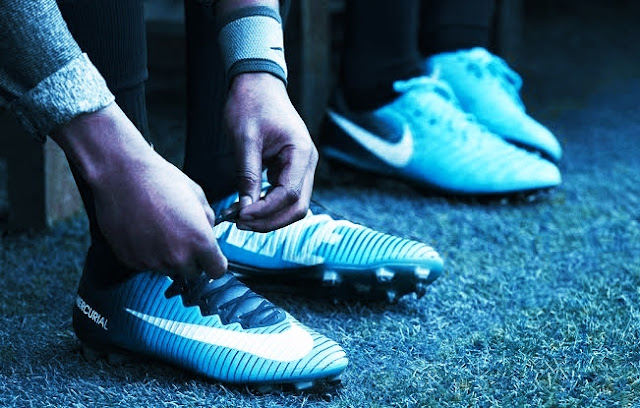


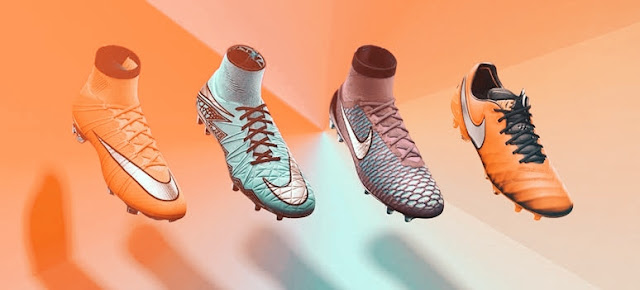
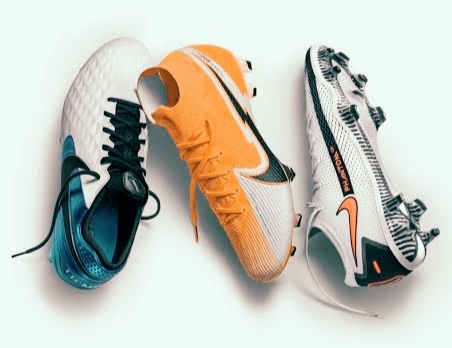
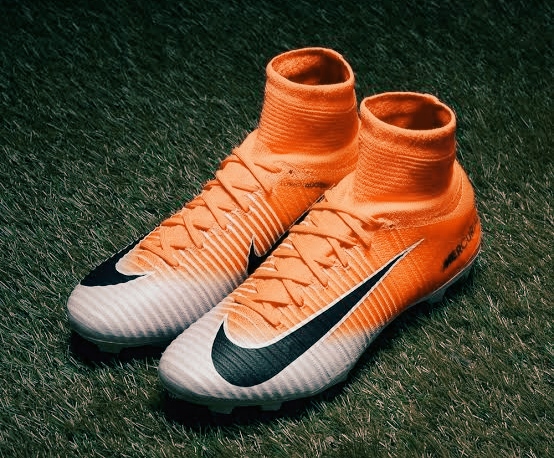
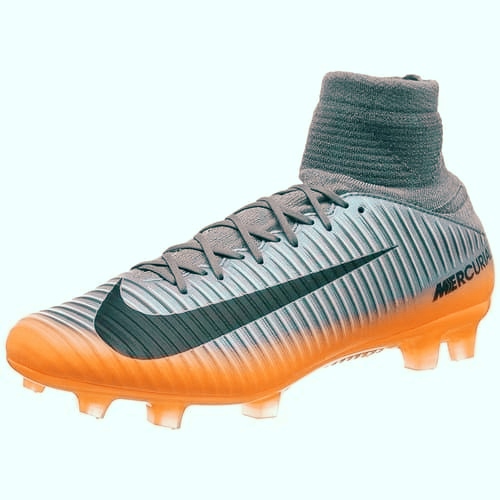

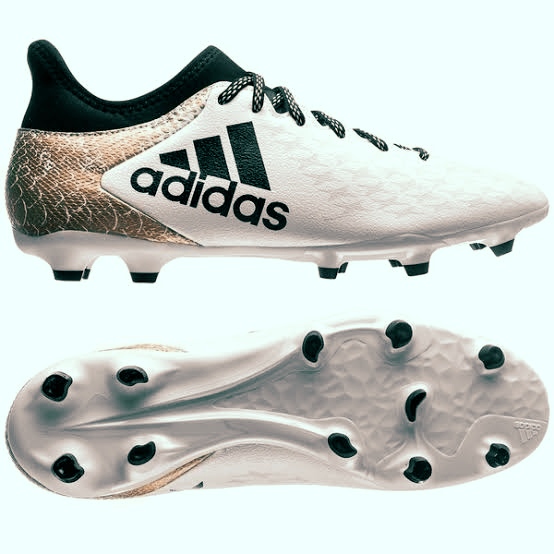
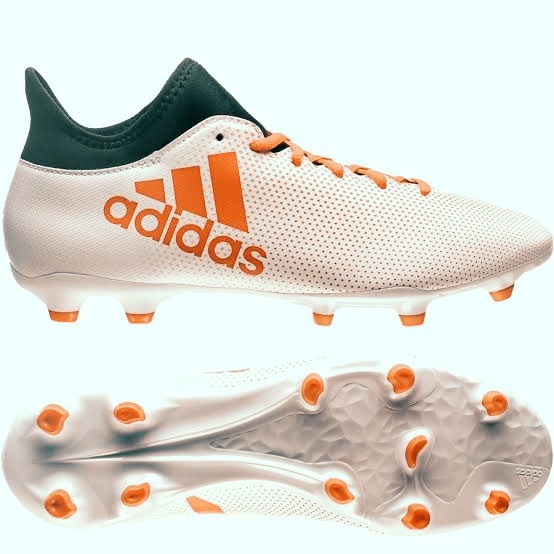
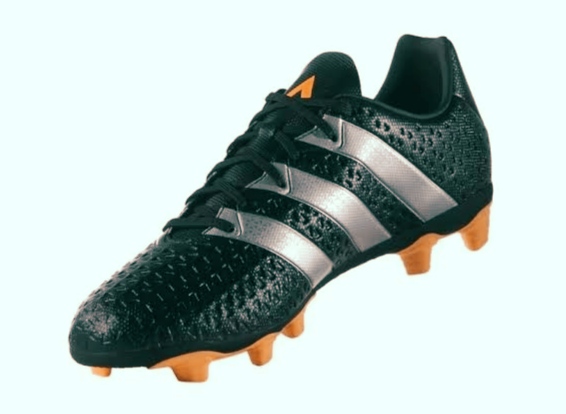
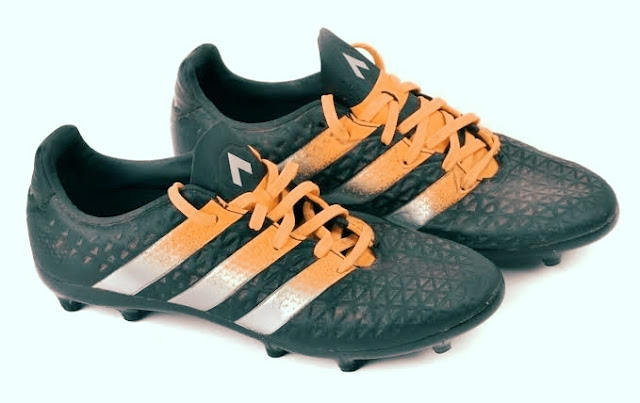
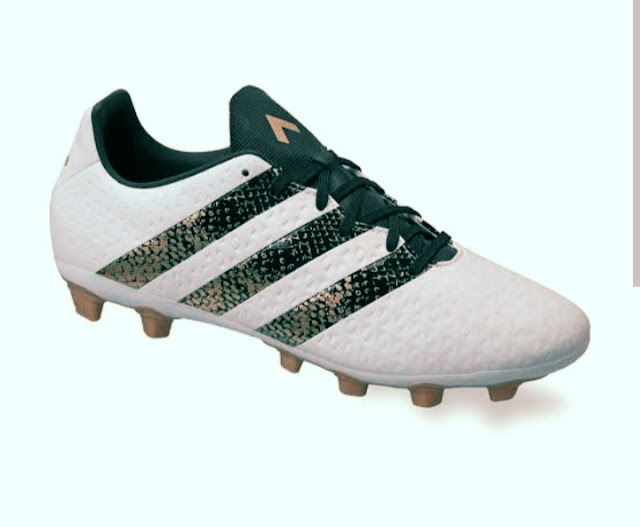
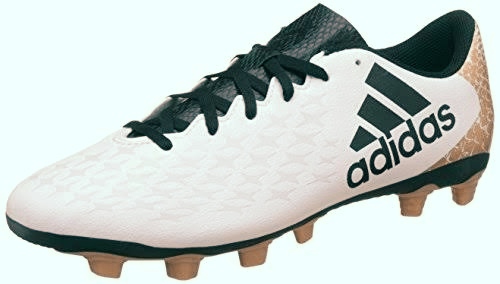





0 Comments